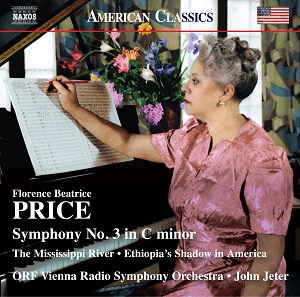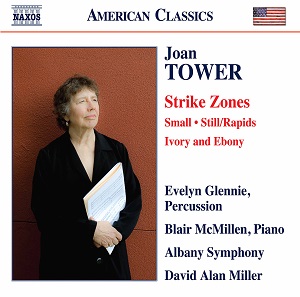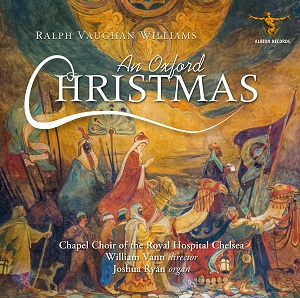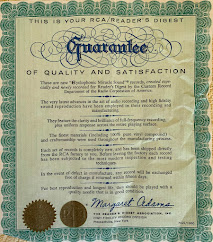In other words, her symphony wasn't a collection of spirituals. Rather, it was her own original musical vision. And one that blended European symphonic and African-American musical traditions.
This 1940 work has a fresh sound. And a uniquely American one. Dvorak predicted that true American classical music would grow from Black roots.
This symphony does just that. The structure and orchestration are European. But the chord progressions and melodic turns come from African-American traditions.
The ORF Vienna Radio Symphony Orchestra directed by John Jeter gives some fine performances. Their recorded sound is a little thin for my taste, but the playing is first-rate.
Also included are two shorter works by Price. "The Mississippi River" may be this country's equivalent to Smetana's "Ma Vlast." Price uses African-American melodies to establish atmosphere. The music takes the listener on a journey along the river. As it unfolds, the work seamlessly transitions from scene to scene.
"Ethiopia's Shadow" portrays the Black Experience in America. The first movement depicts the arrival of enslaved Africans. The second portrays the development of faith. The third shows adaptation into modern society. It's an evocative and beautifully crafted work. The emotional core of this work can hit hard if you actively listen.
A welcome addition to Price's growing list of recordings.
Florence Price: Symphony No. 3 in C minor
The Mississippi River; Ethiopia's Shadow in America
ORF Vienna Radio Symphony Orchestra; John Jeter, conductor
Naxos

















